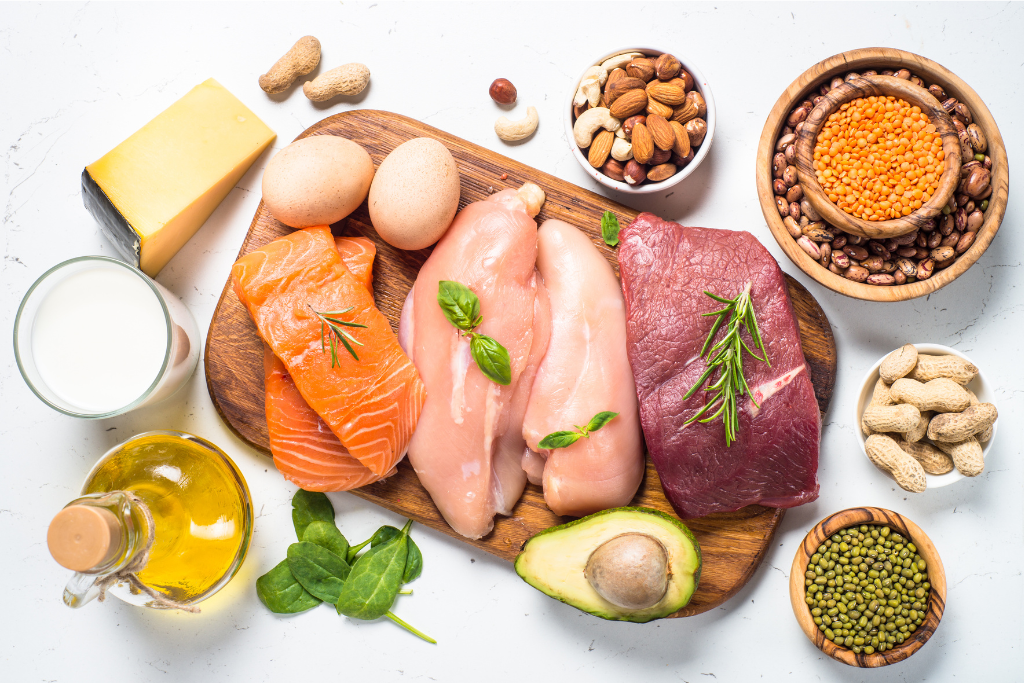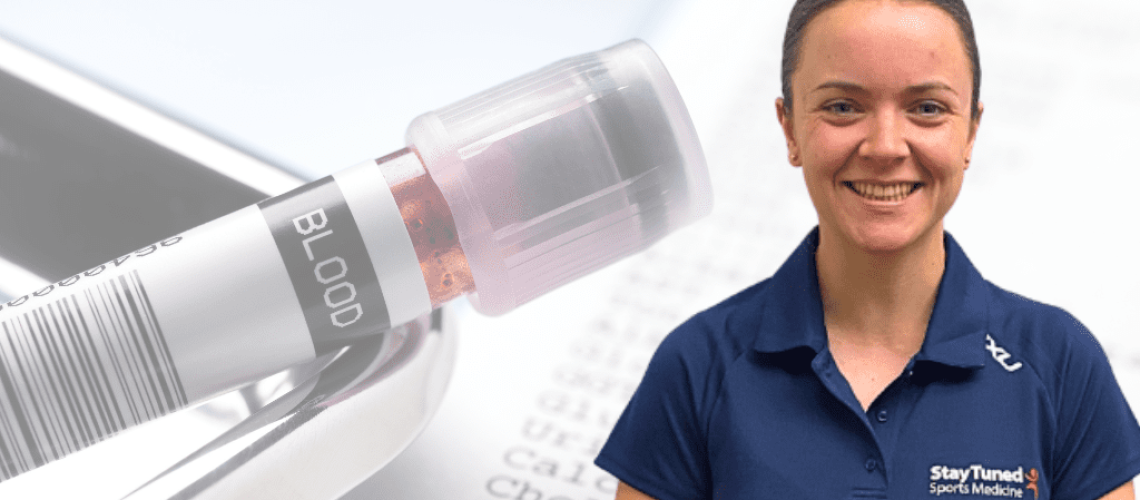Winter often brings a wave of sluggishness, reduced motivation, and an overwhelming desire to stay wrapped in blankets. While it’s tempting to blame the season alone, it’s worth asking: is it really winter fatigue, or could it be low iron?
Iron deficiency is the most common nutrient deficiency worldwide, affecting energy levels, immunity, and overall wellbeing. From a dietitian’s perspective, understanding the difference between seasonal tiredness and a clinical nutrient deficiency is essential for targeted, effective care.
What is Iron and Why Do We Need It?
Iron is a mineral essential for producing haemoglobin, the protein in red blood cells that carries oxygen from the lungs to the rest of the body. Without enough iron, oxygen delivery becomes impaired, leading to fatigue, weakness, and poor concentration.
There are two main forms of dietary iron:
- Haem iron – found in animal-based foods and more easily absorbed
- Non-haem iron – found in plant-based foods and less readily absorbed
Symptoms: Iron Deficiency vs. Winter Fatigue
Common Symptoms of Iron Deficiency:
- Constant fatigue or tiredness (regardless of sleep quality)
- Pale skin
- Shortness of breath during simple tasks
- Brain fog or poor concentration
- Dizziness or headaches
- Cold hands and feet
- Brittle nails or hair loss
- Restless legs, especially at night
Symptoms Often Attributed to “Winter Fatigue”:
- Low motivation
- Oversleeping
- Craving comfort foods
- Reduced physical activity
- Mood changes
Overlap: Fatigue, reduced energy, and low mood can appear in both conditions, making a proper assessment crucial.
Who Is at Risk of Iron Deficiency?
While anyone can develop low iron, certain groups are more vulnerable:
- Menstruating women (due to monthly blood loss)
- Pregnant individuals (increased blood volume and fetal demands)
- Vegetarians and vegans (limited haem iron intake)
- Endurance athletes (higher turnover and sweat losses)
- Adolescents (growth and hormonal changes)
- Frequent blood donors
- People with digestive disorders (e.g., coeliac disease, IBD)
- Those with a history of heavy menstrual bleeding or surgery
How Much Iron Do You Need?
Recommended Dietary Intakes (RDI) for Iron (per day):
- Adult women (19-50 years): 18 mg
- Adult men: 8 mg
- Pregnant women: 27 mg
- Postmenopausal women: 8 mg
Best Dietary Sources of Iron
Top Haem Iron Foods:
- Lean red meats (beef, lamb, kangaroo)
- Chicken and turkey (especially thigh meat)
- Liver and organ meats
- Fish and seafood (e.g., sardines, oysters)
Top Non-Haem Iron Foods:
- Legumes (lentils, chickpeas, kidney beans)
- Tofu and tempeh
- Wholegrains (quinoa, oats, brown rice)
- Green leafy vegetables (spinach, kale)
- Nuts and seeds (pumpkin seeds, cashews)
- Fortified cereals and breads

How to Boost Iron Absorption
Iron absorption isn’t just about what you eat – it’s about how you eat.
Enhance Absorption:
- Pair with vitamin C: citrus, capsicum, strawberries, broccoli
- Cook in cast iron pans
- Soak or sprout legumes and grains to reduce inhibitors
Inhibit Absorption:
- Tea and coffee (tannins)
- Calcium supplements or high-calcium foods at the same time
- Phytates in wholegrains (though these can be reduced with soaking/fermentation)
When Food Isn’t Enough: Iron Supplements
If diagnosed with iron deficiency, dietary changes may not be sufficient.
Iron Supplement Options:
- Oral iron tablets or liquid: Common first step, but can cause constipation or GI upset
- Intravenous (IV) iron: used for severe cases or when oral iron is not tolerated
Always consult a doctor or dietitian before starting supplements.
Practical Meal Ideas to Boost Iron
Breakfast: Fortified wholegrain cereal + orange juice
Lunch: Lentil and spinach salad + tomato salsa + quinoa
Dinner: Beef stir-fry with broccoli and capsicum
Snack: Handful of trail mix with dried apricots and pumpkin seeds
When to See a Dietitian
You don’t need to navigate this alone. A dietitian can:
- Interpret blood results
- Tailor your diet for optimal iron intake
- Recommend meal structures that suit your lifestyle and preferences
- Advise on safe supplementation if needed
Final Thoughts
Fatigue is common in winter, but persistent tiredness might be your body waving a red flag. Iron deficiency is both preventable and manageable with the right knowledge and support.
If you suspect your iron is low, speak to your GP, get a blood test and then work with a dietitian. A targeted nutrition plan can make all the difference between dragging through winter and feeling your best.
Mel Emanuel
Accredited Practising Dietitian
E: melissa.emanuel@staytuned.com.au


